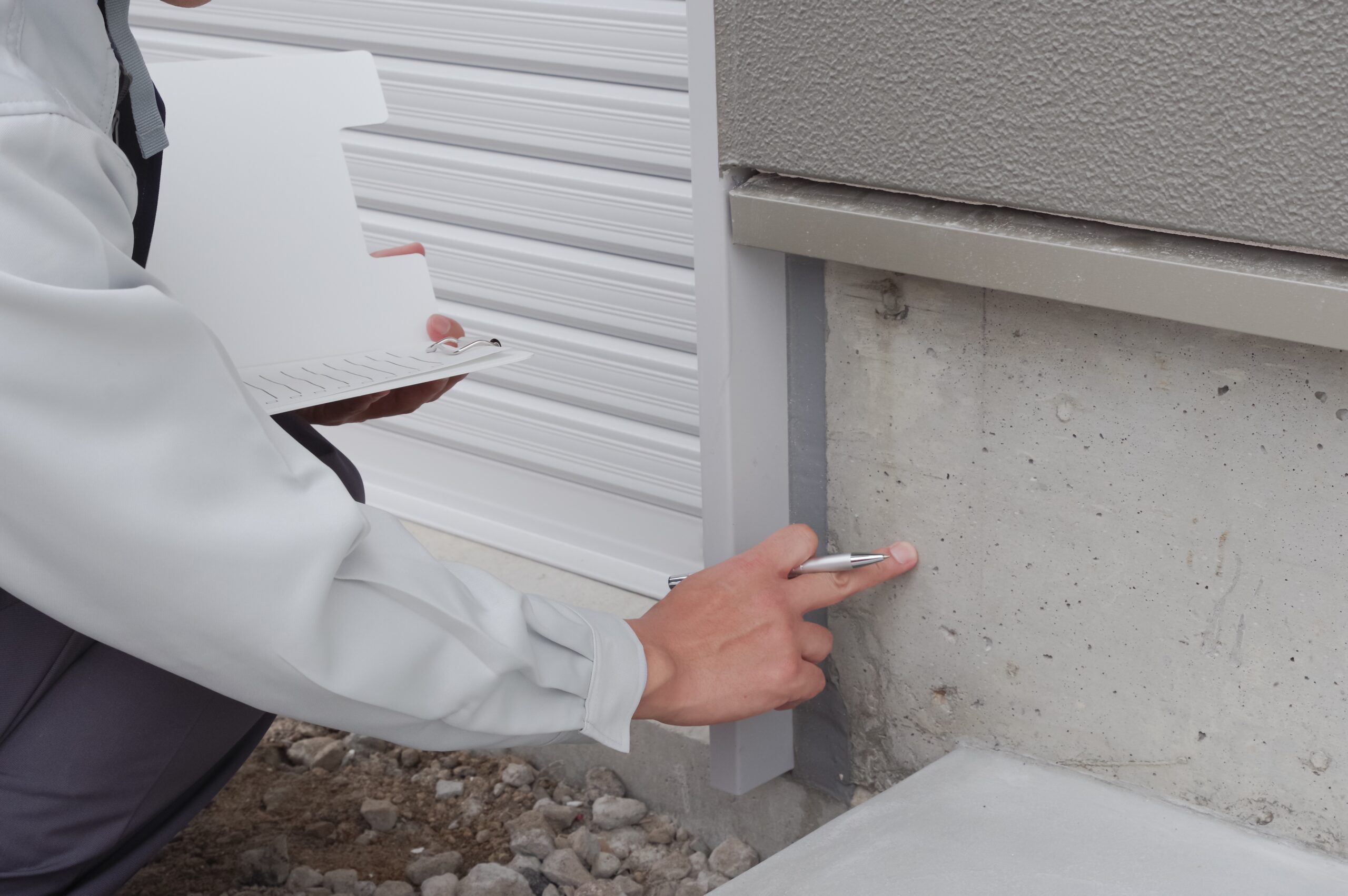That damp, musty smell hits you the second you open the basement door in your home in Goldsboro, NC, or a surrounding area. You might try to ignore it, but deep down, you know it’s a sign of a bigger problem. Water is secretly working against your home’s foundation, and ignoring it is a costly mistake.
Understanding your options is the first step toward a dry and stable home. This article will examine various foundation waterproofing methods so you can feel confident about your next steps. In fact, choosing the right solution from all the foundation waterproofing methods makes all the difference for your home’s health.
Why Your Foundation Hates Water
It sounds simple, but water is a powerful force of nature. When it collects around your foundation, it puts your entire home’s structural integrity at risk. It’s usually not one single event but a combination of factors that lets moisture sneak in.
Poor drainage is a major offender. If your yard slopes toward your house, you’re funneling rainwater right to your foundation walls. Clogged gutters and downspouts that dump water right next to the house just add to the problem of poor exterior drainage.
Then there’s the pressure from the ground itself. After heavy rain or snowmelt, the soil becomes saturated and expands, pushing against your foundation. This constant force, known as hydrostatic pressure, can eventually force water through tiny cracks you didn’t even know existed.
This pressure increases significantly if the local water table is high. The water table is the level below which the ground is saturated with water. A high water table means your foundation is sitting in wet soil constantly, increasing the need for effective basement waterproofing.
Signs It’s Time To Waterproof Your Foundation
Your home will give you clues when it needs help. You just have to know what to look for. Acting on these early warning signs can save you from expensive water damage and stress down the road.
- Bowing walls: This is a serious one. If your foundation walls look like they’re bulging or bowing inward, it means there is extreme hydrostatic pressure from the outside threatening your home’s stability.
- Dampness: Do your basement walls feel damp to the touch, or can you see dark water stains or peeling paint? These are classic signs that water is seeping through the concrete.
- Musty odors: That stale, earthy smell is a big red flag for mold and mildew growth. According to the Environmental Protection Agency, this can cause real health issues.
- Pest infestations: Insects such as cockroaches, termites, and silverfish are attracted to moist environments. An uptick in pests in your basement could be a symptom of a moisture problem.
- Visible cracks: Look for cracks in foundation walls or floors that seem to be getting wider or longer. Horizontal or stair-step cracks in block walls are particularly concerning.
- White powdery stains: If you see a white, chalky substance on your concrete walls, it’s called efflorescence. It happens when water seeps through the concrete and then evaporates, leaving mineral deposits behind.
Exploring Different Foundation Waterproofing Methods
Luckily, there are several proven ways to fight back against water intrusion. These solutions generally fall into two categories. You can either manage the problem from the inside of your home or stop it from the outside.
Interior Waterproofing Solutions
Interior methods are designed to manage water after it has already entered the foundation. They’re often less disruptive and more affordable than exterior options. The goal here is to channel water away before it can cause damage inside your living space or require water damage restoration.
A common approach is to apply waterproof coatings or sealants to interior walls. Another option for specific leaks is a foundation crack repair using epoxy or polyurethane injections. These materials expand to fill cracks and stop water from passing through them.
For more significant water problems, an interior drainage system is very effective. This involves a drain tile system, a small channel created around the perimeter of your basement floor to collect water. This water flows to a sump pump, which automatically begins pumping it out and away from your house. For homes with a dirt-floor crawl space, crawl space encapsulation offers similar protection by sealing the area with a vapor barrier.
Exterior Waterproofing Solutions
Exterior methods aim to stop water before it can even touch your foundation. While these solutions are typically more involved and expensive, they’re also the most comprehensive. They address the problem at its source, the saturated soil outside your home.
The most thorough method involves excavating the soil around your foundation. Once the walls are exposed, a waterproof membrane is applied directly to the exterior surface. This creates a powerful, seamless barrier that keeps groundwater out completely.
Another popular exterior solution is a French drain. A French drain installation involves a perforated pipe laid in a gravel-filled trench around the foundation. It collects surface and groundwater and uses gravity to divert it away from your home, relieving that dangerous hydrostatic pressure.
To help you compare, here is a quick breakdown of interior versus exterior methods:
| Feature | Interior Waterproofing | Exterior Waterproofing |
|---|---|---|
| Main Goal | Manages water after it enters the foundation. | Stops water before it reaches the foundation. |
| Cost | Generally lower. | Generally higher due to excavation. |
| Disruption | Less disruptive, and the work is contained indoors. | Highly disruptive and requires digging up landscaping. |
| Effectiveness | Effective at keeping the basement dry. | Most comprehensive and long-lasting solution. |
What’s the Best Method for Your Home?
So, which option is right for you? The honest answer is that it depends on the specific issues your home is facing. The best choice is based on a proper diagnosis of the water source.
Is the problem from rainwater pooling at the surface, or is it from a high water table pushing from below? A professional evaluation from a foundation repair expert is the only way to know for sure. Getting an expert opinion will help you pinpoint the real cause of your water issues.
Your budget also plays a big role. While an exterior waterproof membrane is a highly effective solution, an interior drain tile system might provide the protection you need for a lower initial cost. It’s about balancing long-term effectiveness with what you can afford.
Key Takeaways
Protecting your foundation is about more than just fixing a leaky basement. It’s about protecting the value and safety of your entire home. Ignoring the problem will only lead to more serious and expensive structural damage and a potential need for mold remediation later on.
By understanding the different foundation waterproofing methods available, you can make an informed choice that brings you peace of mind. A dry, stable foundation supports a healthy home from the ground up. Don’t wait for a small leak to become a huge disaster. Looking into these solutions today is a smart move for any homeowner.


